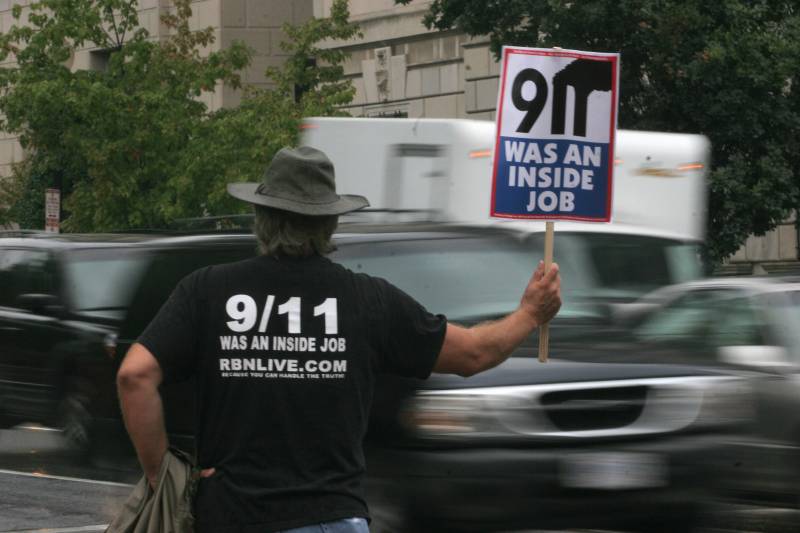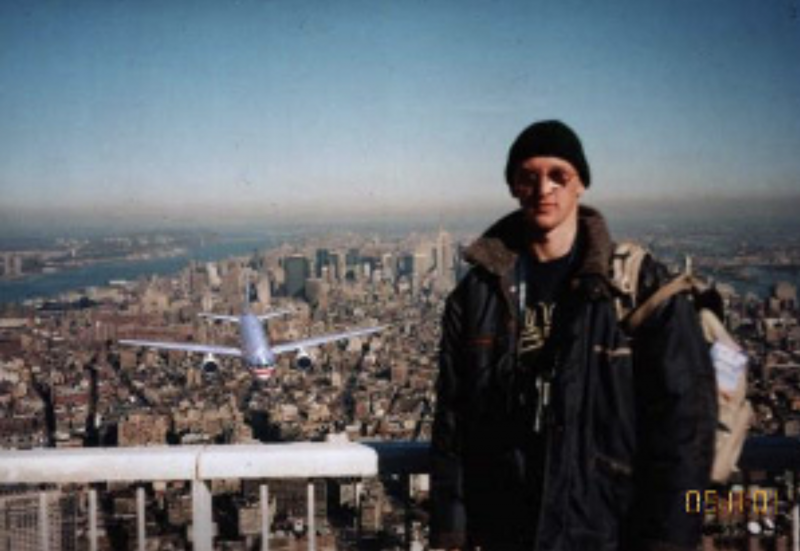L
ast month, Spike Lee came under fire for including the voices of 9/11 conspiracy theorists in his four-part HBO series, NYC Epicenters 9/11-2021½. Lee hastily edited his documentary after objections poured in from journalists who had seen previews, and who had expressed dismay at the inclusion of interviewees expressing the view that the official narrative of Sept. 11, 2001 was false. Chief among these interview subjects was Richard Gage, a San Francisco-based architect, and the founder of Architects & Engineers for 9/11 Truth.
 Slate‘s Jeremy Stahl called Gage’s segment, “surreal and demoralizing.” Stahl noted that “Gage is responsible for peddling some of the most pernicious and long-running lies about the 9/11 attacks, which is why I was surprised that Lee, HBO, and WarnerMedia might be lending his group any amount of time.” Stahl continued, “In terms of conveying facts, this is a bit like presenting COVID-19 vaccine skeptics in a debate alongside Anthony Fauci.”
Slate‘s Jeremy Stahl called Gage’s segment, “surreal and demoralizing.” Stahl noted that “Gage is responsible for peddling some of the most pernicious and long-running lies about the 9/11 attacks, which is why I was surprised that Lee, HBO, and WarnerMedia might be lending his group any amount of time.” Stahl continued, “In terms of conveying facts, this is a bit like presenting COVID-19 vaccine skeptics in a debate alongside Anthony Fauci.”
Gage has been at the helm of Architects & Engineers for 9/11 Truth since founding the group in 2006. Since that time, he has brought together a group of almost 3,500 architects and engineers who continue to argue publicly that planes alone could not have been responsible for the collapse of the World Trade Center’s Twin Towers and Tower 7.
Under pressure, Lee removed the 30-minute segment from Episode 4 that gave voice to Gage, alongside other 9/11 conspiracy theorists. (Lee did not take the time, however, to cut a moment in Episode 3 in which a flight attendant who knew the crew of United 93—the plane that crashed in Shanksville—expressed his belief that the plane was shot down.) Also cut from Episode 4 was Shyam Sunder, who led a three-year, $16 million investigation for the National Institute of Standards and Technology. Sunder was originally seen explaining how the commercial flights did, in fact, bring down the three World Trade Center structures. He got cut when the truthers did.
In his Vanity Fair review of the series, Jordan Hoffman asserted that both sides of the conversation had not been equally represented in the original episode anyway. “The initial cut of Epicenters didn’t merely touch upon conspiracy mongers and so-called 9/11 truthers—it exalted them.” Hoffman reported, “In the original version of the film, we see footage of buildings on fire that don’t come down, then controlled implosions that, on the surface, certainly look similar to what happened at the World Trade Center. It all zooms by rather quickly, but the images are striking … There’s no mention, meanwhile, that journalists have been debunking 9/11 conspiracies since at least 2005.”



